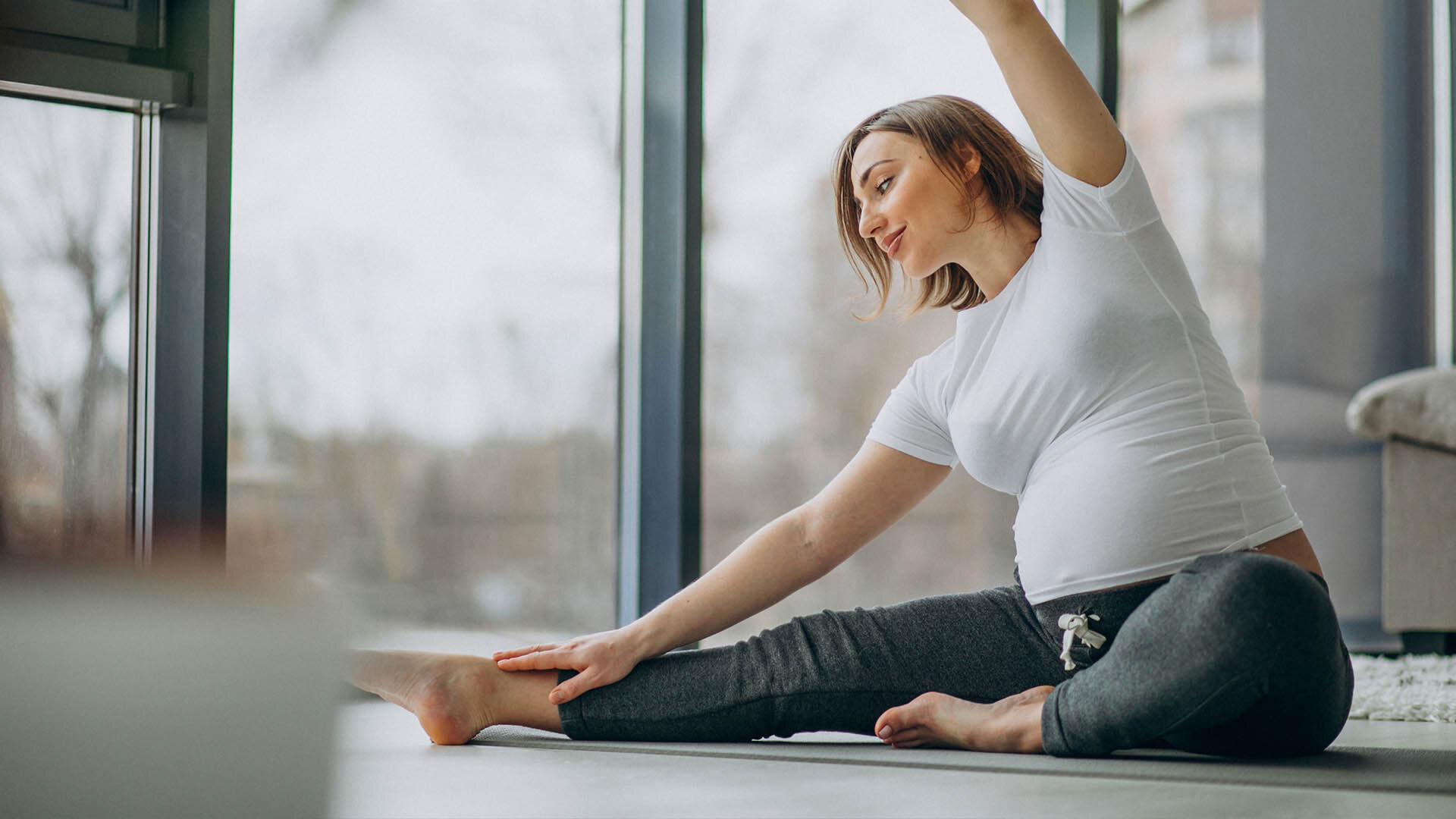Why should women do pelvic floor workouts?
Women who have not had children are still prone to urine leakage throughout their life. With 24% of women in Australia in their reproductive years remaining child free, this is a whole subsection of society being neglected.
When we are younger there are lots of activities that can impact on anyone’s pelvic floor: constipation, chronic coughing, always holding your breath. Basically anytime you increase the pressure in your abdominal cavity by bearing down you can impact your pelvic floor.
Flu season and your Pelvic Floor
Cold and flu season is upon us! Did you know that a chronic cough can affect your pelvic floor? If you have a slightly compromised pelvic floor a simple cough can push it over the edge!
Menstruation Products and Exercise
There’s evidence that aerobic exercise whilst on your period has great benefits. We know that one of the barriers when being able to exercise on your period is feeling comfortable and fear of leaking. We’ve broken down your options when exercising to help you make a decision.
Dancing Through Life - Caring for a young dancer’s body
Between the ages of roughly 11 to 16 the female body takes on immense changes. Puberty, along with rapid height and weight gains, can contribute to the likelihood of injury; during a growth spurt bones often grow faster than ligaments and tendons which can leave them vulnerable to injury.
Menstruation & Exercise
Exercising regularly is well recognised to have a number of advantages when it comes to maintaining a healthy lifestyle, so it makes sense that keeping active while menstruating has its benefits. So how can we integrate it into our lives?
Exercise & Pregnancy On Breakfast With Ryk Goddard
On Monday March 2, our Medical Director Dr Rhea Psereckis sat down with Ryk Goddard to have a chat about Exercise and Pregnancy on ABC Radio Hobart. Have a listen to her great segment here!
Pelvic Girdle Pain in Pregnancy
Pelvic girdle pain (PGP) in pregnancy is a common condition, affecting around a quarter of women during their pregnancy. PGP in pregnancy used to be known as symphysis pubis dysfunction (SPD) and has also been described by other terms including: sacroiliac joint (SIJ) dysfunction and pelvic instability.
Pregnancy & Your Bra
One huge change women can notice during the pregnancy and postnatal period is their bra size! Join Peta Titter RN and Dr Rhea Psereckis as they discuss the importance of a supportive bra when exercising during this time.
Pregnancy & Feet
It is very common for women’s arches to drop during pregnancy-some women report up to a 1 cm drop. Peta Titter RN and Dr Rhea Psereckis discuss how to take care of your feet during this time.
Guidelines & Pregnancy
Peta Titter RN and Dr Rhea Psereckis discuss on what level should you exercise while pregnant.
Pregnancy & Carpal Tunnel
Peta Titter RN and Dr Rhea Psereckis explain why it is important to look after your wrists while you are pregnant.
Pregnancy & Rib Pain
Join Peta Titter RN and Dr Rhea Psereckis as they discuss how to manage rib pain during pregnancy
Why Not To Stand On One Leg Whilst Pregnant
Join Peta Titter RN and Dr Rhea Psereckis as they why you shouldn/t stand on one leg whilst pregnant
Pregnancy & Pelvic Pain
Join Peta Titter RN and Dr Rhea Psereckis as they discuss pelvic pain during pregnancy
Exercise and the physical changes in pregnancy
Your body will undergo many changes during pregnancy. Some will affect your ability to exercise, or require you to modify your exercise routine.
Knowing Your Own Body While Pregnant
Join Peta Titter RN and Dr Rhea Psereckis as they chat about the changes that are happening in your body while you are pregnant.
The Benefits of Exercise during Pregnancy
Pregnancy and giving birth are both physically demanding on the body. Building or maintaining a reasonable level of fitness will help you manage the physical and emotional demands of pregnancy, birth and early parenting.
All pregnant women who are not experiencing complications should participate in aerobic and strength-conditioning exercises as part of a healthy lifestyle.
Exercise suggestions during pregnancy
Aim to do at least 30 minutes of moderate-intensity physical activity on most, if not all, days of the week. If you are new to exercise, start slowly and progress at your own pace. You can start with separate session of 10 minutes each, and build up to longer durations as your body and fitness allows.
Let your body be your guide. You know you’re at the right exercise intensity when you can talk normally and do not become exhausted too quickly. If you cannot talk while you are exercising you are probably going to hard. If you can sing, you will need to step it up a bit.
Exercise in Pregnancy: Frequently Asked Questions
Can I run during pregnancy?
Whilst running during pregnancy is not considered harmful to the developing baby, there is currently no research to indicate whether running is safe for the pregnant woman or not.
The point at which running no longer feels comfortable or safe will be different for everyone, but may happen much earlier than expected, so try to stay tuned in to the signals your body tells you.
Can You Heal From Diastasis Completely Without Surgery?
Answer: Most, but not all, women can have recovery of their diastasis without surgery!




















